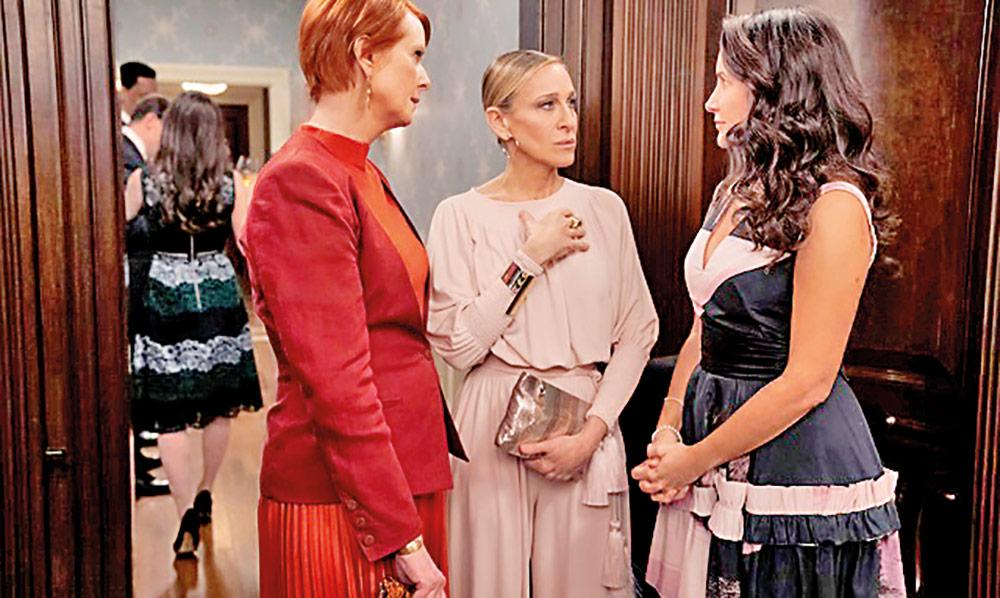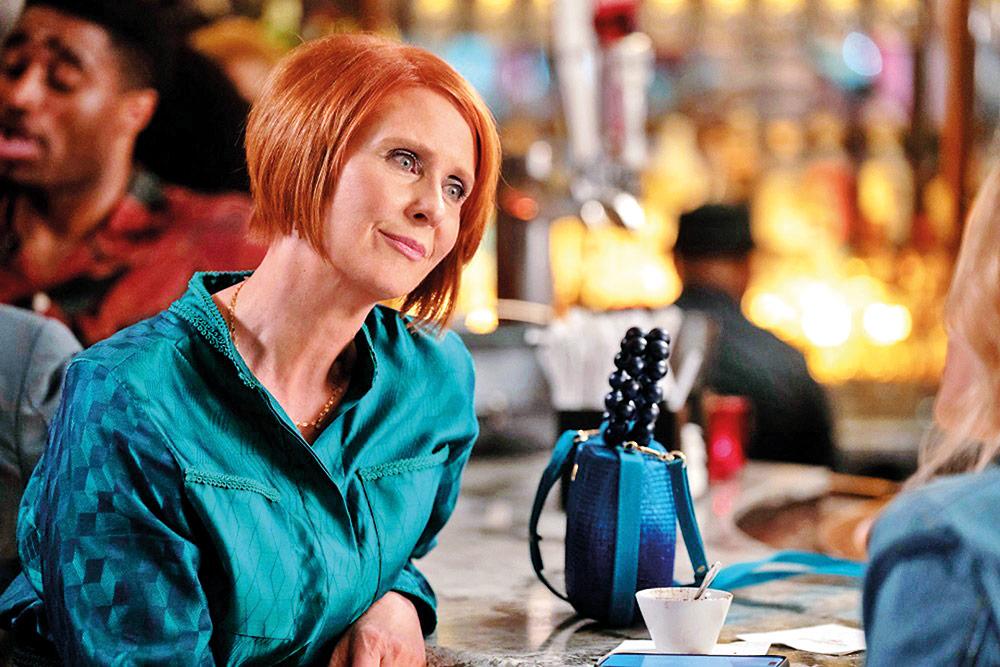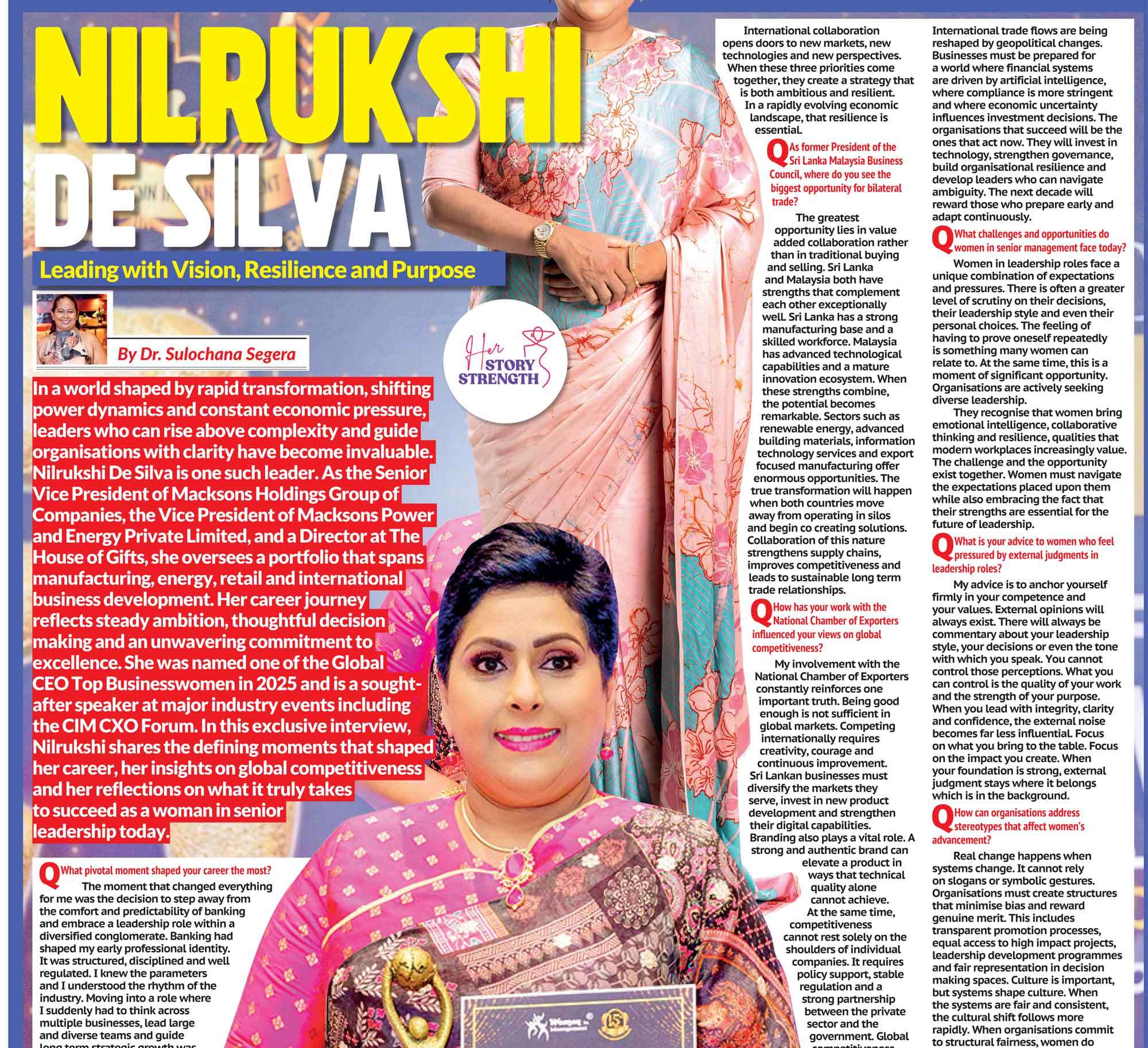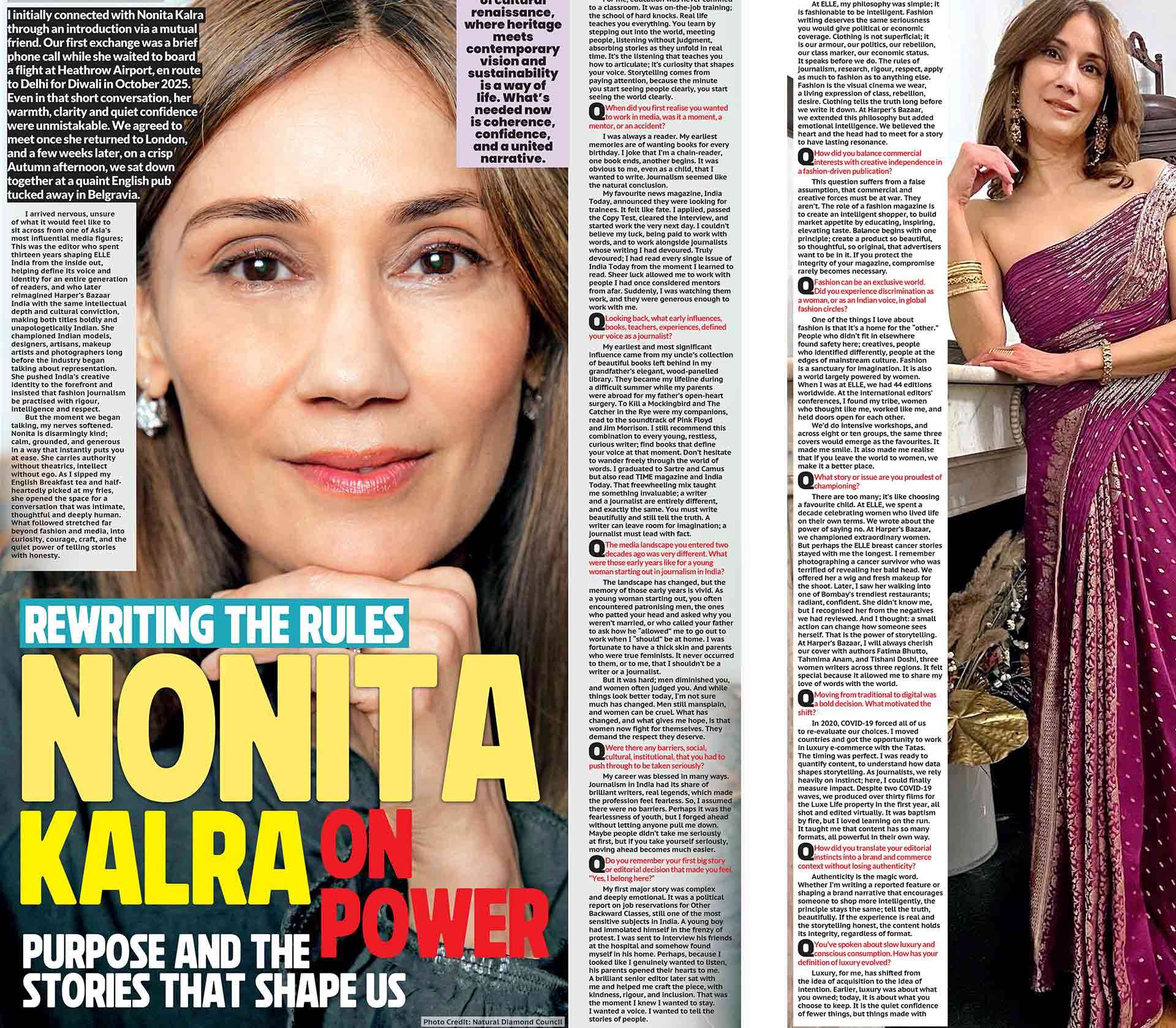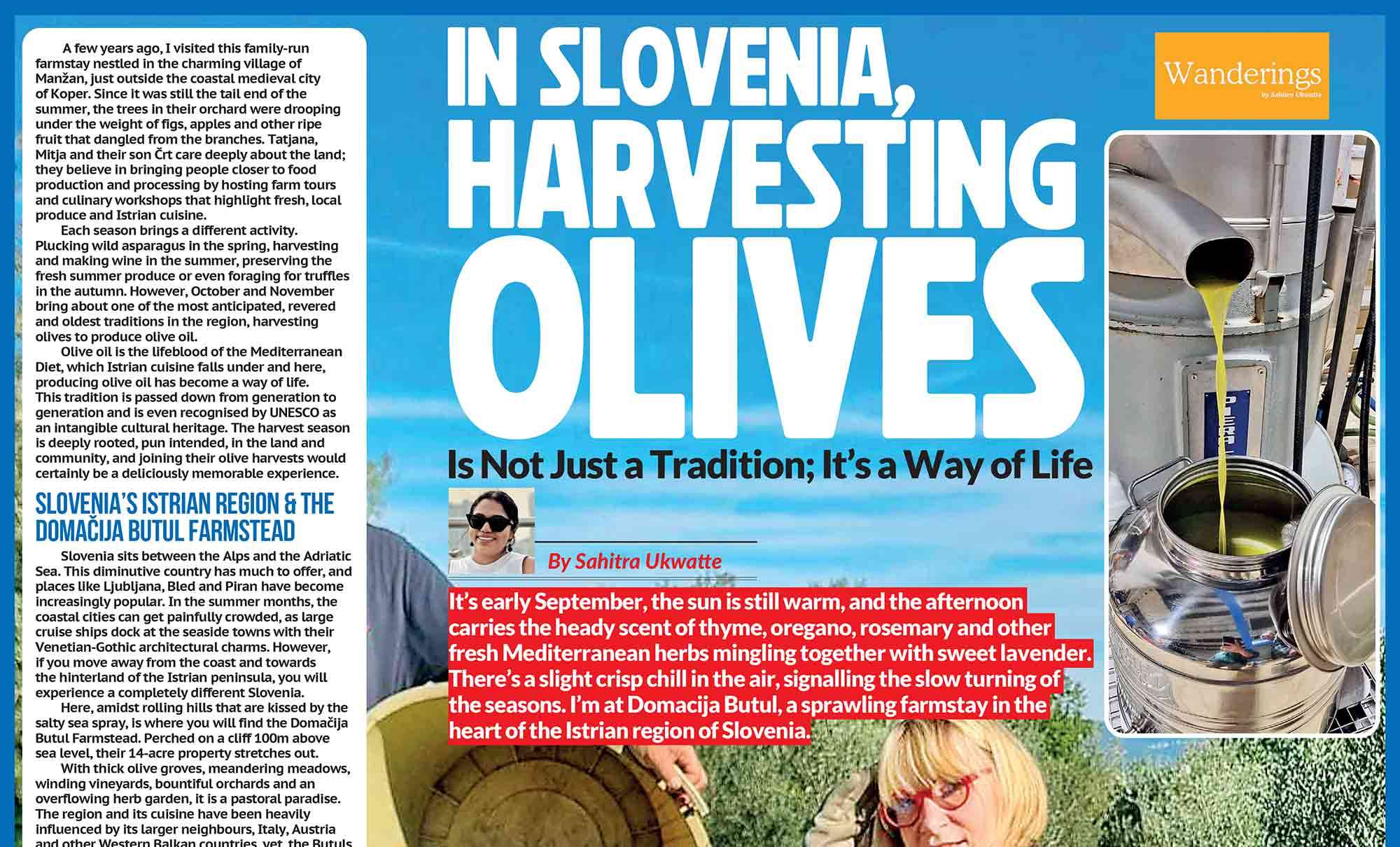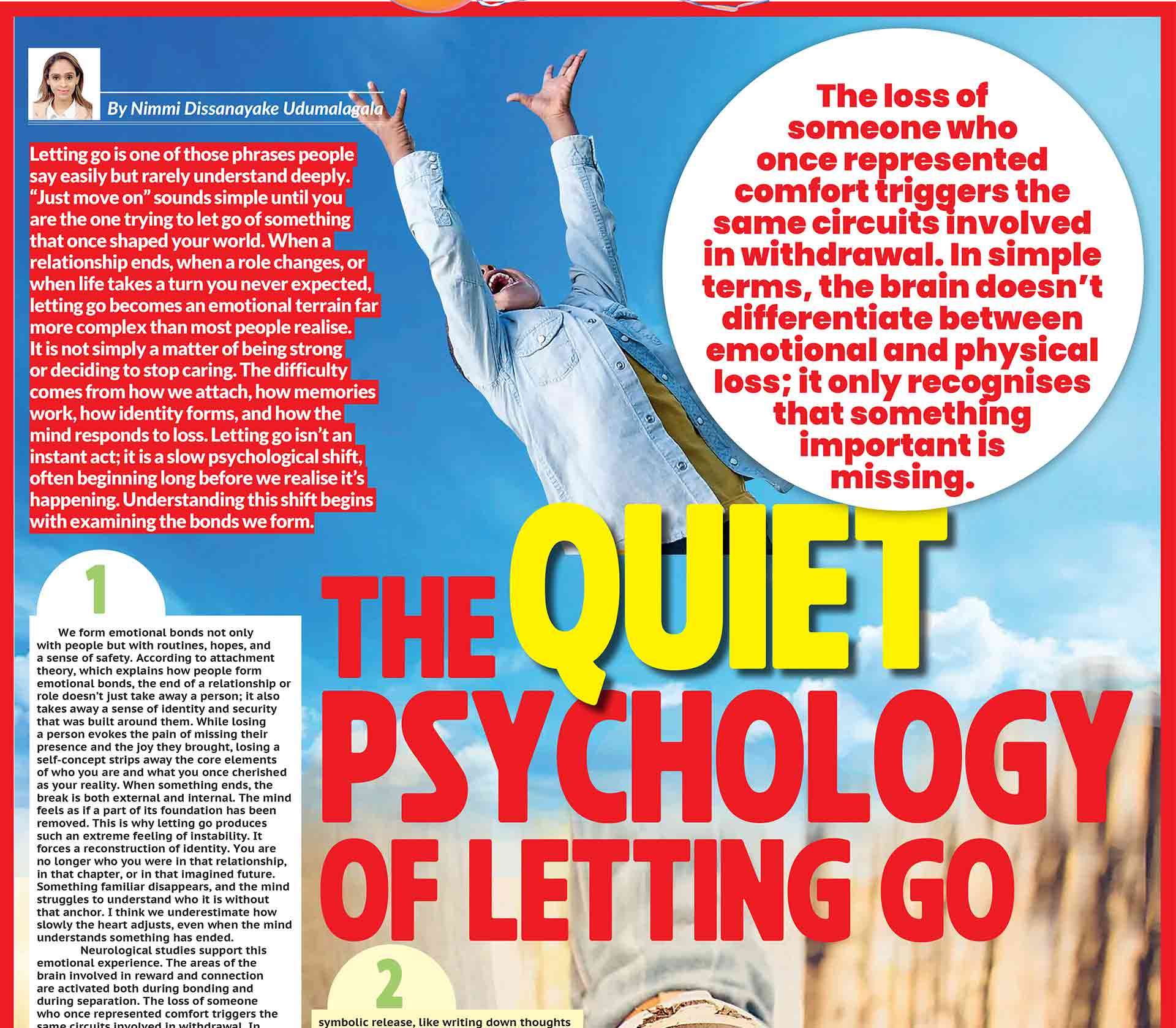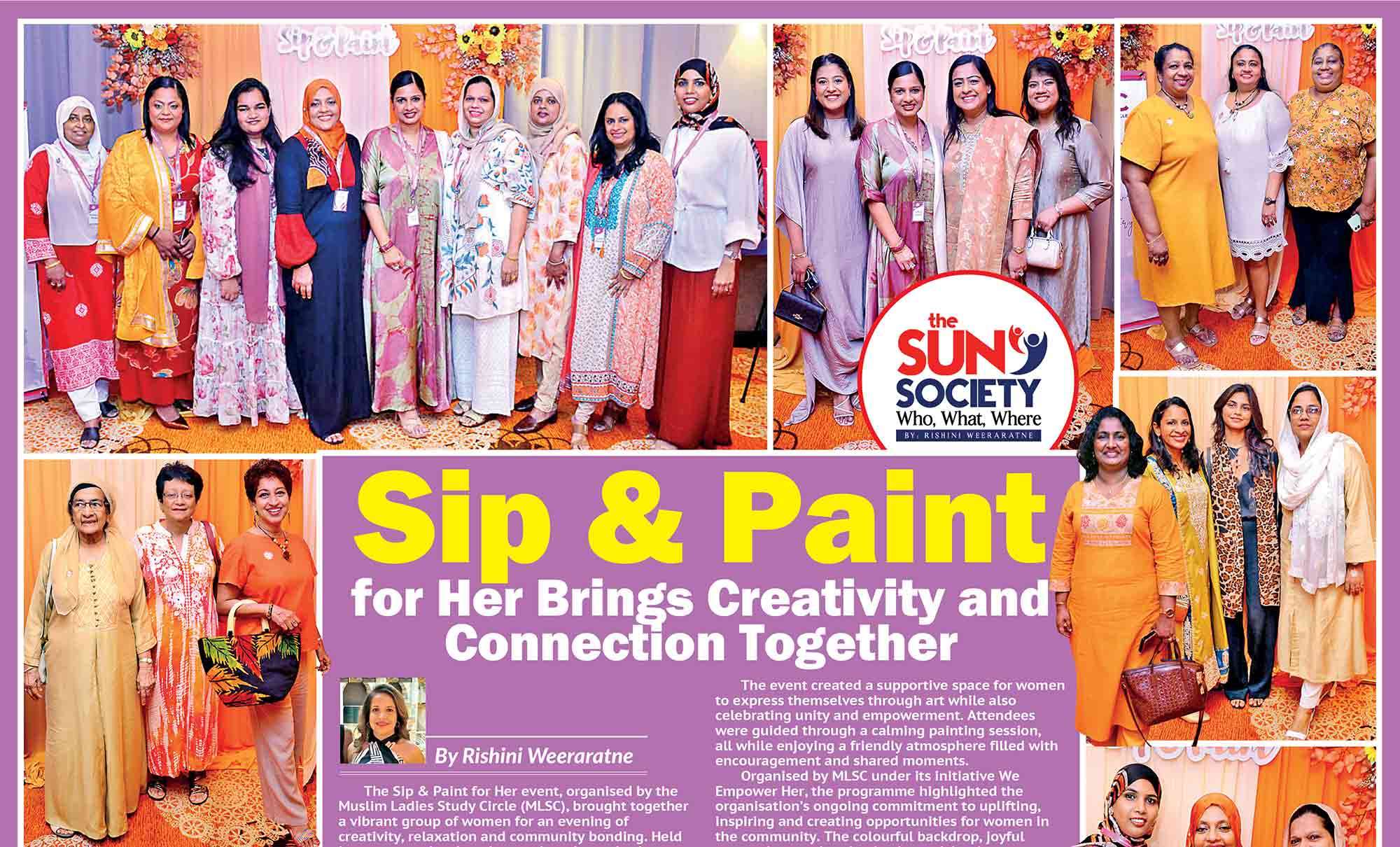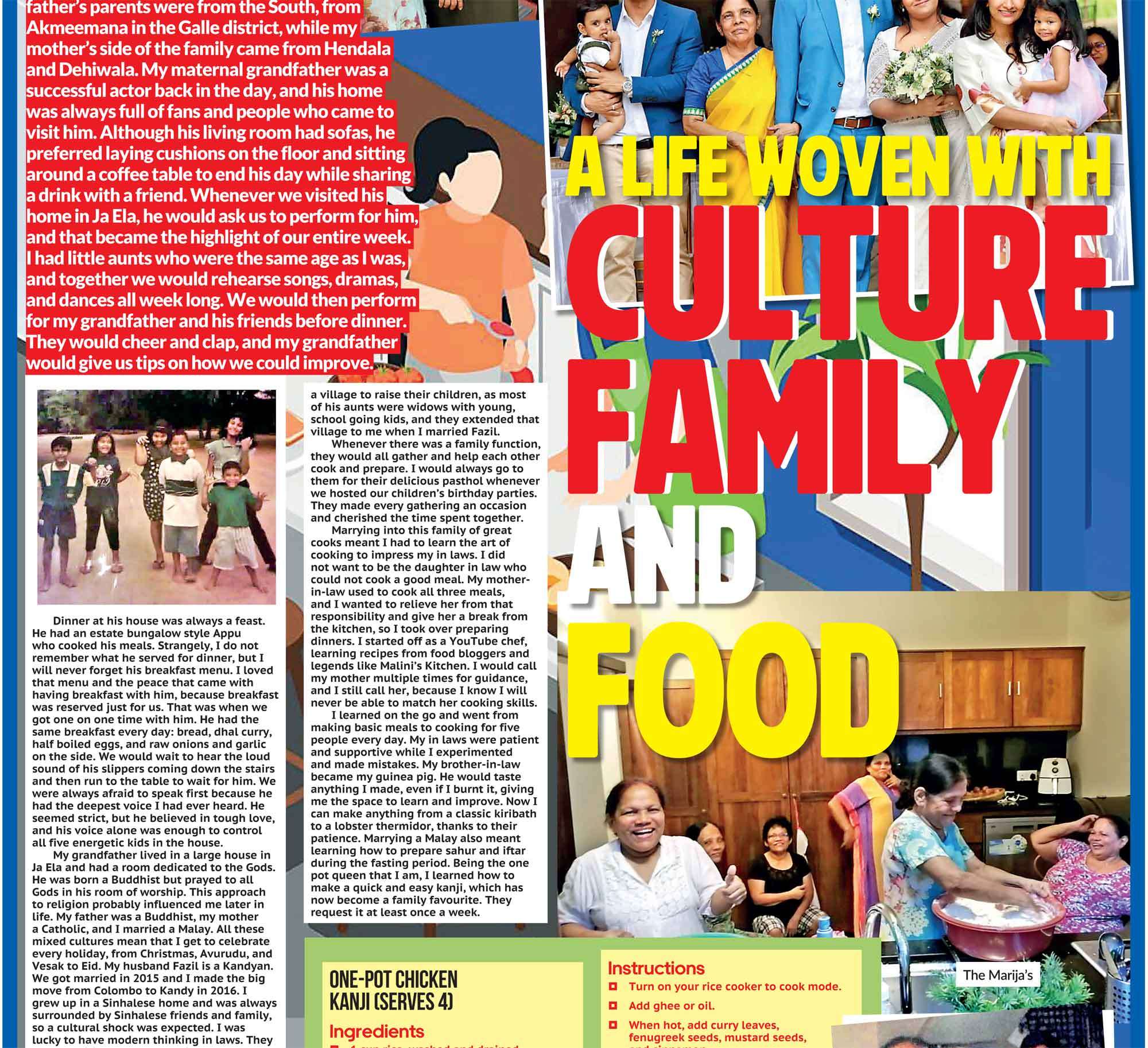
When Sex and the City first aired in 1998, it changed the way women, friendships, and relationships were portrayed on television. Fast forward to 2025, and ‘And Just Like That,’ the reboot now in its third season, attempts yet again to reconcile that legendary narrative with the complexities of modern life. But does it succeed? As the curtain falls on the latest season, And Just Like That stands as both a nostalgic return and a polarizing reinvention. For die-hard fans, it’s a bittersweet embrace of beloved characters. For newer audiences, it’s a lesson in how hard it is to keep a cultural phenomenon alive in the age of identity politics, wellness trends, and social media saturation.
Plot: The Struggles of Evolving in Public
The 2025 season picks up with Carrie Bradshaw (Sarah Jessica Parker) navigating life as a bestselling author-turned-podcaster-turned-widow, trying to rebuild her romantic life after Mr. Big’s death. Miranda (Cynthia Nixon) continues her exploration of life outside conventional heterosexual norms, while Charlotte (Kristin Davis) juggles motherhood with the complexities of modern parenting. New characters like Seema Patel (Sarita Choudhury), Nya Wallace (Karen Pittman), and Lisa Todd Wexley (Nicole Ari Parker) have found firmer footing this season, but they still sometimes feel like narrative accessories to the main trio, their stories inserted to check diversity boxes rather than being organically intertwined. The writing oscillates between emotionally genuine moments and self-conscious ‘woke’ commentary. This season tried harder to integrate contemporary issues, gender identity, menopause, cultural appropriation, even digital detoxing, without as much forcefulness as the earlier reboot episodes. Still, the show often leans on monologues instead of meaningful story arcs to address its social agenda.
Performances: Old Comforts, New Faces
Sarah Jessica Parker remains the heart of the series. Her portrayal of Carrie is more reflective, less whimsical, but still occasionally superficial, a reflection, perhaps, of the character’s resistance to personal growth. Cynthia Nixon’s Miranda, while divisive, offers one of the more nuanced portrayals of midlife redefinition. Kristin Davis, meanwhile, continues to play Charlotte with a sweetness that sometimes borders on caricature, but her moments with her on-screen children are genuinely affecting. Among the newer cast, Sarita Choudhury’s Seema is a standout, her dry humour and unapologetic independence providing refreshing contrast to the central trio’s frequent emotional chaos. Guest stars, including cameos from Aidan Shaw (John Corbett) and even the occasional nod to Samantha Jones (Kim Cattrall), feel more like fan service than narrative necessity. However, Cattrall’s brief appearance this season, much hyped in marketing materials, was disappointingly superficial, a reminder that certain magic can’t be replicated in small doses.
Aesthetic: Style Over Substance?
Fashion, once the show’s unofficial fifth character, remains prominent but less groundbreaking. Carrie’s style evolution reflects her age: still eclectic but with more restraint. Charlotte’s classic looks and Miranda’s pared-down wardrobe offer realistic portrayals of fashion in midlife, though fans of the original series’ flamboyance might miss Patricia Field’s iconic touch, replaced by Molly Rogers and Danny Santiago's more subdued approach.
New York City remains the ever-glamorous backdrop, though the city now feels more like a curated Instagram feed than the chaotic, vibrant metropolis of the original series.
Themes: From Liberation to Self-Awareness
Where Sex and the City once explored sexual liberation with unapologetic glee, And Just Like That focuses on emotional vulnerability and self-awareness. This shift mirrors not just the characters’ aging but the cultural shift from “having it all” to “being enough.” The problem? Sometimes the show seems to forget that its original charm lay in balancing aspiration with irreverence. The reboot tends to overthink itself, trading the original’s breezy confidence for heavy-handed social commentary. In trying to evolve, it sometimes loses sight of why audiences fell in love with these women in the first place. Yet, when the series does slow down and let its characters simply be, in moments of quiet grief, rekindled friendship, or awkward new beginnings, it recaptures a sliver of its former brilliance.
Cultural Relevance: A Show Caught Between Eras
And Just Like That is both a reflection of and a response to modern feminist discourse. It attempts to acknowledge privilege, race, gender, and sexuality, but often feels like it's ticking boxes rather than telling stories. The show’s effort to be socially conscious is admirable but sometimes undermines character consistency. Still, the reboot is valuable precisely because it attempts the near-impossible: evolving beloved characters in a time when nostalgia is both currency and curse. Whether it's successful depends largely on whether viewers are looking for comfort or transformation.
Strengths and Weaknesses: A Summary
Strengths:
Strong performances from the original cast.
Moments of genuine emotional depth.
New characters, especially Seema, who bring fresh energy.
Honest depictions of aging, grief, and midlife transitions.
Weaknesses:
Overly self-conscious writing.
Heavy-handed social commentary.
Missed opportunities with iconic characters (particularly Samantha).
Fashion no longer feels as innovative or essential.
Final Verdict: A Complicated Legacy
And Just Like That (2025) is not Sex and the City, and perhaps it never could be. It’s a meditation on middle age wrapped in couture, where cosmopolitans have been replaced by mindfulness retreats and online dating anxiety. The series succeeds when it embraces character-driven storytelling rather than cultural checklists. It's flawed but earnest, sometimes frustrating but occasionally touching. Whether that’s enough depends entirely on what the audience wants from Carrie Bradshaw & Co. two decades after they first strutted onto our screens.
For long-time fans, the show offers an opportunity to revisit old friends, albeit changed and sometimes unrecognizable. For newcomers, it’s a lesson in the risks of reviving legends.

